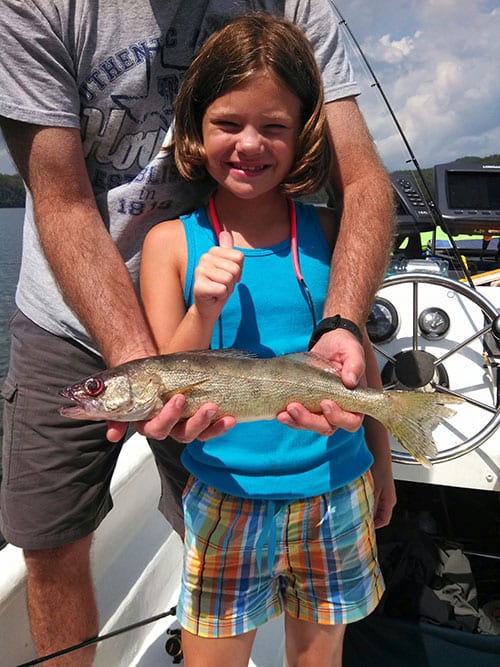Schools out, kids are on the water, and the summer is upon us. This is the start of trolling season, bait has spawned and is suspending offshore, bass are finished with their spawn, so they are ready to beef up. What few walleye left are spying under the bait pods and white bass are doing their best to feed themselves to the point of throwing up all over your boat. Meshing with this season, I had a call from a captain that had guided for 30 years on the Great Lakes, specifically for walleye. It was a really cool rundown of the progression that walleye fishing had made during his time working. When he started, he said the lakes, Erie particularly, was a mess. There was no more than a couple of feet of clarity and you could troll as many lines as you had room for and catch fish on them all. As the years rolled on, and changes were made to local manufacturing rules, and environmental issues were addressed, the water cleared to the point where there was an average depth of visibility approaching 35 to 40 feet. When he quit charter fishing a couple of years back, his tactics had changed entirely from when he first started guiding. I told him our fishery had also changed, and not for the better, for the most part.

I don’t know if our fish are quite the same, but I do know there were many times in the last couple of years that I marked what I was fairly certain were eyes, trolled right through them, and never got a strike. I typically only run a couple of downriggers and at times, you will catch fish on whatever you present, but seems like lately they have been less likely to strike a trolled bait than was usual in the past. Part of it, I’m sure, is that there are a lot of very good trolling fishermen at Fontana. There is the potential of taking a goodly number of fish out almost every day of the year, and especially this time of the year. Less fish in the lake, I am sure, is a big factor, but it doesn’t explain why the remaining fish won’t hit. A friend who was a guide at Glenville years ago was asked by a client,” So your goal is to catch every last walleye out of the lake?”-and that is not my goal, but I would like to catch a few now and then. With continued stocking, I hope the numbers will rebound, but you can bet there will be days that I run just one rigger, drop back extra far and get me a few sporty colored flicker shads to see if catch rates improve. Power pro braid is already on my wheels and the paint is drying as we speak on my directional, now spotted bass colored downrigger weights. Only time will tell if all this makes a difference or if it’s just the tinkering of an old fool.
Later, Capt. James
Capt. James McManus is the Owner of 153 Charters. Give him a call for a great day of boat fishing!
